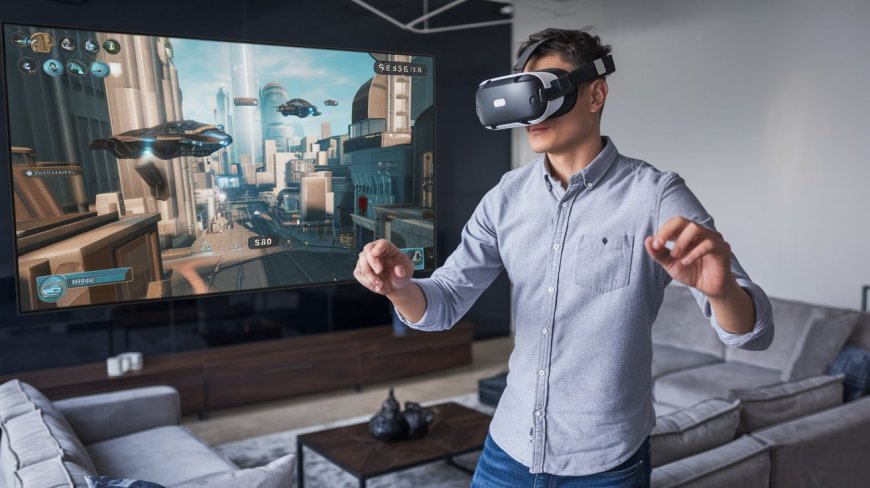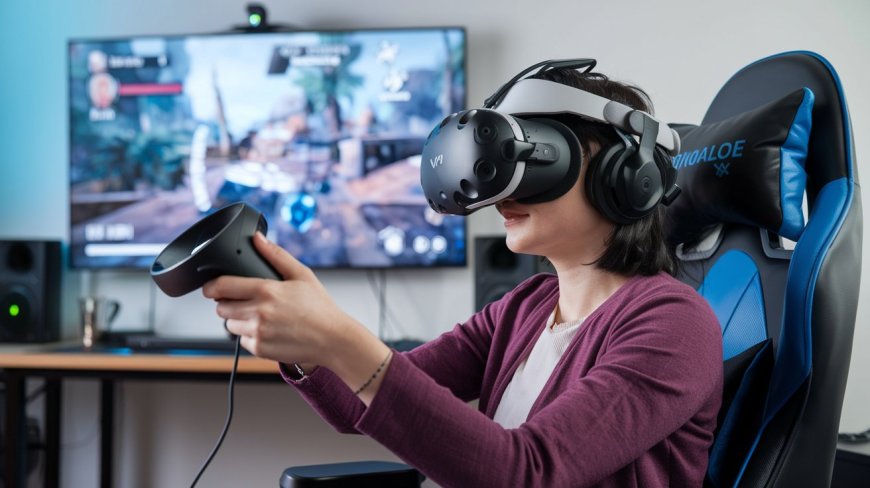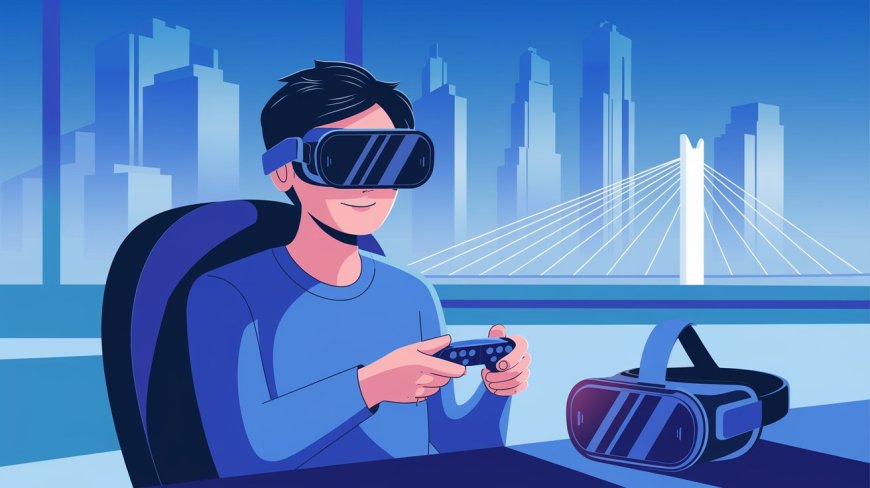Virtual Reality and Augmented Reality: Immersive Experiences in Gaming
Virtual Reality and Augmented Reality: Immersive Experiences in Gaming Virtual reality (VR) and augmented reality (AR) represent some of the most exciting frontiers in gaming. These technologies have the potential to revolutionize the way we experience games by offering immersive and interactive environments that go beyond traditional screen-based gameplay. This section will explore the current state of VR and AR in gaming, the challenges they face, and their potential impact on the future of the industry.
Virtual reality (VR) and augmented reality (AR) represent some of the most exciting frontiers in gaming. These technologies have the potential to revolutionize the way we experience games by offering immersive and interactive environments that go beyond traditional screen-based gameplay. This section will explore the current state of VR and AR in gaming, the challenges they face, and their potential impact on the future of the industry.
Virtual reality aims to create a fully immersive gaming experience by placing the player inside a 3D environment that they can interact with using motion controllers and headsets. VR has the ability to transport players to entirely new worlds, offering a level of immersion that is unmatched by any other gaming medium. Early VR experiences, such as "Beat Saber," "Half-Life: Alyx," and "The Elder Scrolls V: Skyrim VR," have demonstrated the potential of this technology to deliver unique and compelling gameplay experiences.
However, despite its promise, VR has faced several challenges that have slowed its adoption. The cost of entry has been a significant barrier, as VR headsets and the required hardware can be expensive. Additionally, VR experiences often require a dedicated play space and can cause motion sickness in some players. The relatively small install base of VR users has also limited the number of high-quality VR games available, as developers may be hesitant to invest in a platform with a limited audience.
Augmented reality, on the other hand, overlays digital elements onto the real world, blending virtual objects with the physical environment. AR gaming gained mainstream attention with the release of "Pokémon GO," which used smartphone cameras and GPS to allow players to catch Pokémon in real-world locations. AR offers a more accessible entry point than VR, as it typically requires only a smartphone or tablet, and it can be played in a variety of settings without the need for additional hardware.
One of the most promising aspects of AR is its potential to create socially connected gaming experiences. Games like "Harry Potter: Wizards Unite" and "Minecraft Earth" have built on the foundation laid by "Pokémon GO," encouraging players to explore their surroundings and interact with other players in the real world. This blend of digital and physical interactions creates opportunities for new types of gameplay that can bring people together in ways that traditional games cannot.
The future of VR and AR in gaming is likely to be shaped by ongoing technological advancements. Improvements in VR hardware, such as lighter and more comfortable headsets, higher resolution displays, and better tracking systems, will help to address some of the current limitations and make VR more accessible to a broader audience. Similarly, the development of AR glasses and other wearable devices could take AR gaming to the next level, allowing for more seamless integration of digital and physical worlds.
Another area of potential growth for VR and AR gaming is in the development of cross-platform experiences. As VR and AR technologies become more advanced, we may see games that allow players to interact with each other across different platforms and devices. For example, a game could enable VR players to explore a fully immersive 3D environment while AR players interact with the same world using their smartphones or AR glasses. This convergence of technologies could lead to new and innovative forms of multiplayer gaming.
In conclusion, virtual reality and augmented reality are poised to play a significant role in the future of gaming. While there are still challenges to overcome, the potential for these technologies to create immersive and socially connected experiences is immense. As VR and AR continue to evolve, they will likely become an integral part of the gaming landscape, offering new and exciting ways for players to engage with games and each other.





